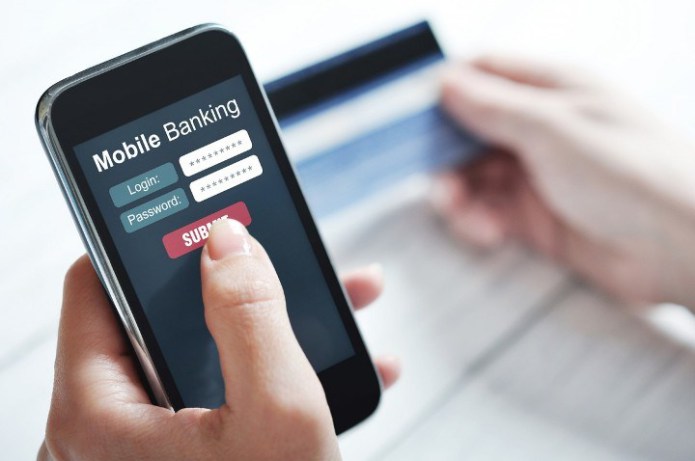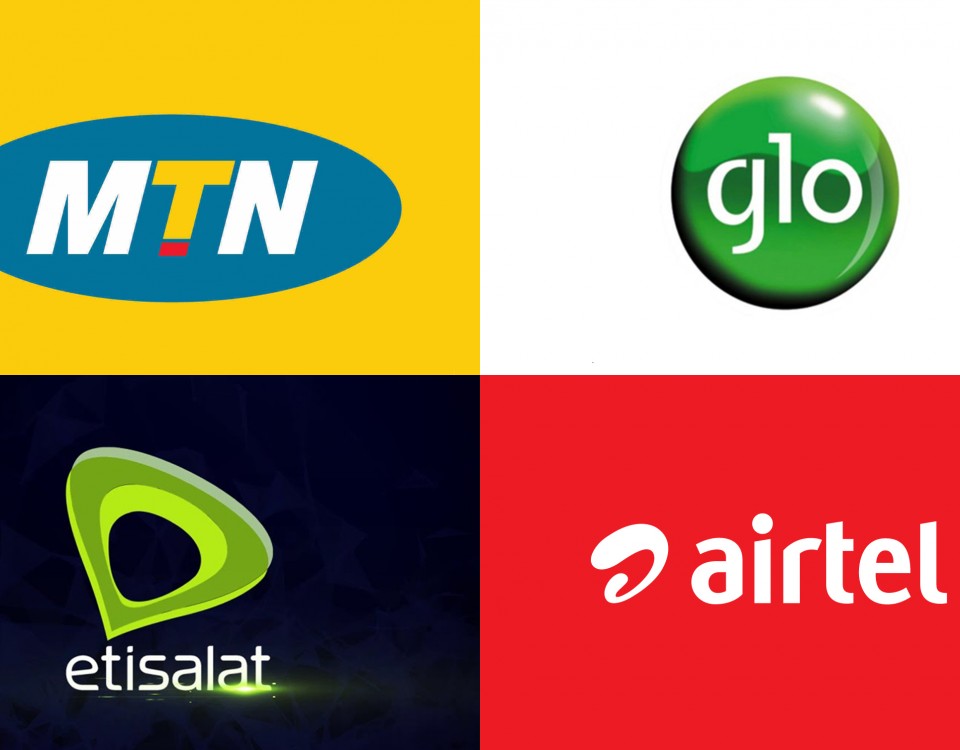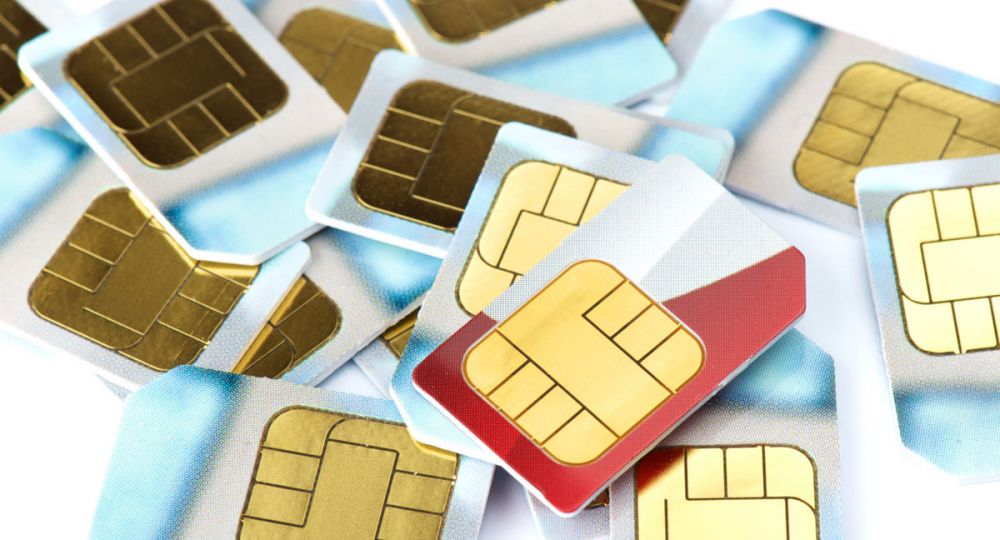The introduction of The Unstructured Supplementary Service Data (USSD) which allows customers perform transactions by simply dialing a short code on their phones without internet connection has made banking transactions seamless.
You can use the USSD code to perform various banking transactions such as buying airtime, opening bank account, checking your account balance, transferring money to your bank and other banks, and payment of utility bills, etc.
Examples of these USSD banking codes include: Guarantee Trust Bank’s-*737#; Fidelity Bank’s *770#; First Bank’s *894#; Wema Bank’s *945#; Skye Bank’s *833#; Sterling Bank’s *822#; Diamond Bank’s *710#; Eco Bank’s *326#; Zenith Bank’s *966#; FCMB’s *389#, Unity Bank’s *389#, United Bank of Africa’s *919#, Union Bank’s *389#, Heritage Bank’s *322#, Keystone Bank’s *322#, Access Bank’s *901# among others.
ALSO SEE: Banking environment witnessing rapid changes – NDIC chief
How does USSD banking work?
You must have a bank account linked to your mobile telephone number to perform a USSD transaction. You don’t need to go to a bank to register for the USSD code. Registration is done with your mobile phone as long as you have your bank’s debit card and Biometric Verification Number (BVN). You can only use the particular SIM card or the telephone number you provided when opening your account. There is a limit to the amount of money you can transfer through USSD banking, and this is determined by your bank.
Process of USSD banking
Depending on your bank, there are various ways you can use the USSD application on your phone to carry out any of the numerous bank transactions. All you need to do is dial your bank’s USSD code. Each bank has specific codes for specific type of transaction.
Some banks may request your Bank Verification Number (BVN), Personal Identification Number (PIN) or the four digit number at the back of your ATM card. This is to confirm the authenticity of the person performing the transaction.
The dos of USSD banking
There are some things you need to do when performing a USSD transaction: Your phone should be charged to avoid loss of power in the midst of the transaction. Double-check the receiver’s account number when transferring funds or paying bill. You must wait for the confirmation text from the bank that the transaction is successful. In absence of such confirmation and your account is debited, contact your bank immediately to resolve the transaction.
The don’ts of USSD banking
You must have avoid the following for a safe and successful USSD banking: Do not reveal your PIN or BVN to a third party. Do not repeat a transaction delayed or interrupted by the network. This is because the transaction might have been processed. If you repeat such transaction your account might be debited twice. All you need do is to wait for an hour or more for a notification on such transaction.
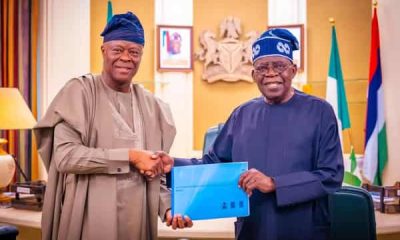
 Business6 days ago
Business6 days ago
 Business6 days ago
Business6 days ago
 Business6 days ago
Business6 days ago
 Latest1 day ago
Latest1 day ago
 Business6 days ago
Business6 days ago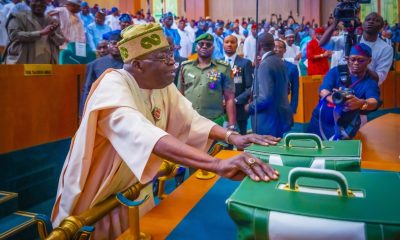
 Business7 days ago
Business7 days ago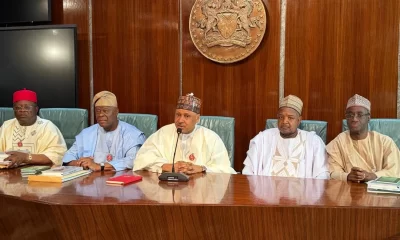
 Politics6 days ago
Politics6 days ago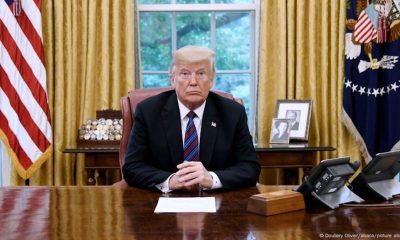
 Latest3 days ago
Latest3 days ago
